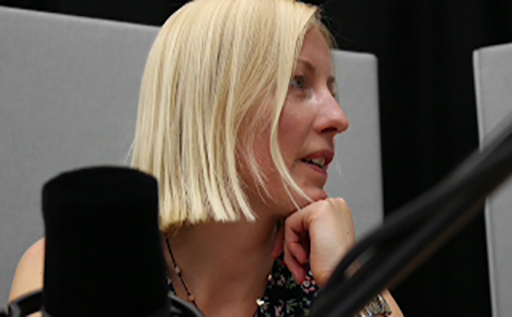1 Signals and modulation
Modern communication, whether by smart phone, computer networks, or broadcast TV and radio, presents many challenges.
- There is generally a demand for faster broadband, faster mobile data, higher definition TV and video, etc. In the terminology of the subject, there is a demand for higher capacity links.
- Users of a shared medium (such as mobile communications) must somehow be kept separate from each other.
- Errors in transmission, which are unavoidable, should be minimised.
- Coverage can be limited, particularly with mobile devices.
Solutions to these problems can conflict with each other. For example, increasing the power of a broadcast transmitter improves coverage and reduces the possibility of errors, but might adversely affect other services in the area. In practice, therefore, compromises usually have to be found, which is typical of the engineering approach to problem-solving. This OpenLearn course looks at some of the theoretical background to the technology of modern communications. It is an adapted extract from the Open University course TM355, Communications Technology [Tip: hold Ctrl and click a link to open it in a new tab. (Hide tip)] .
In this introductory audio, Allan Jones talks to Adrian Poulton and Helen Donelan, the authors of Section 1, about issues related to this topic.

